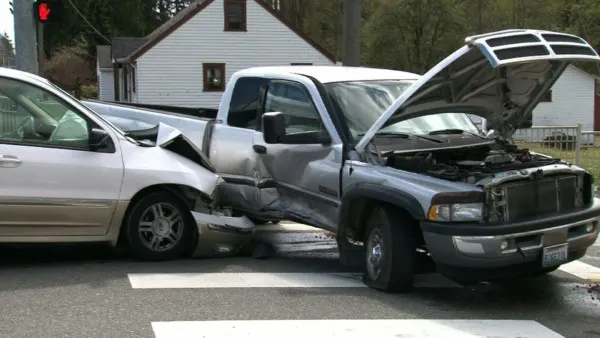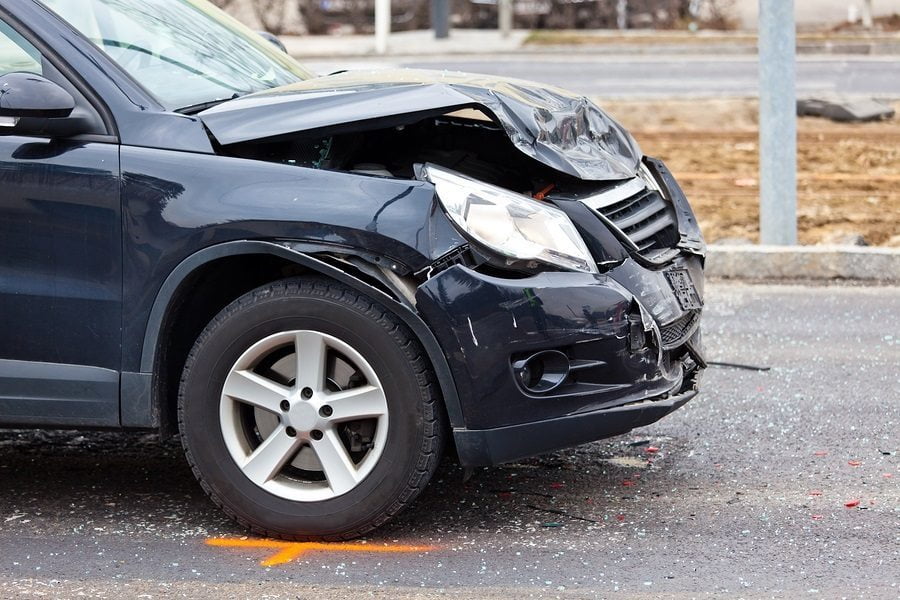We all know how unpredictable Ohio winters can be. The roads can seem clear, only for you to slide on a patch of invisible black ice in the blink of an eye. These accidents aren’t just scary; they’re alarmingly common — nationwide, icy roads cause over 150,000 car crashes each year, with Ohio consistently ranking as the state with the most winter driving fatalities.
If you’ve been in a black ice accident, you’re likely feeling overwhelmed by the pain, medical bills, and car repairs. At Slater & Zurz, a common question that we get asked is, “Who is liable for the damages and injuries?” We’ve got the answers.
Who’s at Fault in a Black Ice Accident?
The answer, like black ice itself, can be slippery. Ohio law places responsibility on drivers to maintain control of their vehicles, no matter the weather conditions. This means that even if you hit black ice, you could be liable for damages.
However, this doesn’t mean you’re automatically at fault. Several factors come into play when determining liability in a black ice accident:
- Speed: Were you driving at a reasonable speed considering the potential for icy conditions?
- Following distance: Did you maintain a safe distance from the car in front of you?
- Vehicle maintenance: Were your tires in good condition and properly inflated?
- Road conditions: Was the black ice unavoidable, or were there signs warning of potential hazards?
- Other driver’s actions: Did another driver contribute to the accident? (If they were tailgating, speeding, or driving while distracted, they might share or bear the primary responsibility).
Navigating the Aftermath of a Black Ice Car Accident
Whether you were at fault, not at fault, or somewhere in between, there are specific steps you can take to protect yourself. Let’s break down these scenarios.
If you were at fault
Being “at fault” in a black ice accident often means you were driving too fast for the conditions or weren’t focused on the road. For example, if you were following too closely and rear-ended the car in front of you when they braked for black ice, you would likely be considered at fault.
But what does fault actually entail? In legal terms, this means you’d be on the hook for damages, including:
- Property damage: Repairing or replacing the other driver’s vehicle, as well as any other damaged property (e.g., guardrails, fences).
- Medical expenses: Covering the other driver’s (and their passengers’) cost of medical treatment.
- Lost wages: Compensating the other driver for any income they lost due to injuries caused by the accident.
- Pain and suffering: Providing financial compensation for any physical and emotional distress.
Remember: in most cases, your auto insurance policy will step in to cover these costs up to your policy limits. This means you likely won’t have to worry about paying out of pocket.
That said, even if you believe you were responsible, don’t admit fault or make statements to insurance companies without talking to a car accident attorney first. We can help you understand the extent of your liability, negotiate with insurance companies, and explore options to minimize the impact on your insurance rates and finances.
If you weren’t at fault
Did another driver’s actions — such as speeding, losing control, and hitting your car — cause the accident? You’re not at fault.
In these cases, you have the right to seek compensation for your damages. This includes repair costs, diminished value of your vehicle, and any related expenses like rental car fees.
Speak to a car accident attorney ASAP by calling 330-762-0700. We’ll help you gather the necessary evidence, file a claim with the other driver’s insurance, and, if necessary, pursue legal action so you receive fair compensation.
If you were partially at fault
Ohio follows a “modified comparative negligence” rule. This means you can still recover damages even if you were partly at fault, as long as your share of the blame is less than 50%.
For example, if you were driving slightly above the speed limit when you hit black ice and collided with another car that was also speeding, you might both be partially at fault. If you were found 25% at fault, your compensation would be reduced by 25%.
However, if you were 50% or more at fault, you cannot recover any compensation. In these scenarios, having an experienced car accident attorney is a must to accurately assess your degree of fault and negotiate for a fair settlement.
The aftermath of a black ice accident can be a whirlwind of fear, uncertainty, and what-ifs that keep you up at night: “Was I at fault?” “Will my insurance cover this?” “How will I get my car fixed?”
At Slater & Zurz, we’re here to provide answers. We’ll help you understand your rights, explore your options, and work towards a resolution that brings you peace of mind. Call us today at 330-762-0700 for a free consultation.
FAQ
Will my insurance rates go up if I’m in a black ice accident?
Possibly — insurance companies often consider black ice accidents as “at-fault” accidents, which could lead to increased premiums depending on your driving history and the specifics of the accident.
What if the other driver claims they lost control because of the black ice?
It’s essential to have a car accident attorney investigate the accident thoroughly. Evidence like skid marks, witness statements, and police reports can help determine if the other driver was negligent.
What damages can I recover in a black ice accident claim?
You may be able to recover compensation for medical expenses, lost wages, property damage, pain and suffering, and other losses related to the accident.
How long do I have to file a claim after a black ice accident in Ohio?
In Ohio, you generally have two years from the date of the accident to file a personal injury lawsuit.





